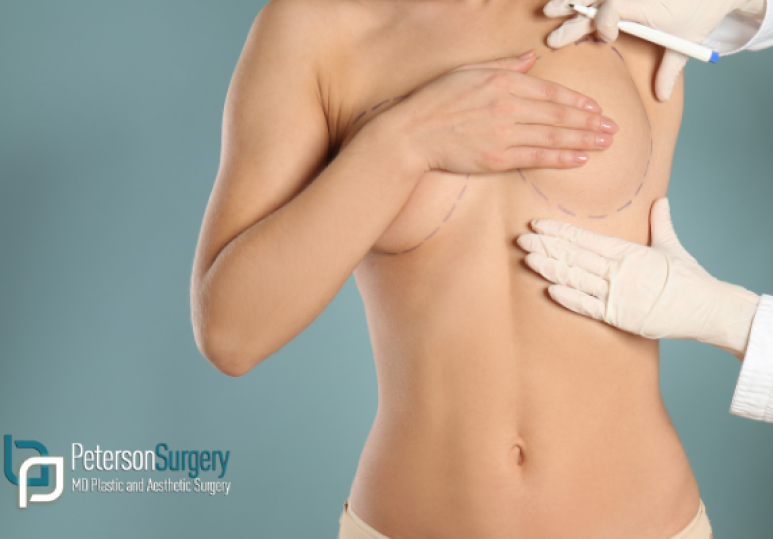Learn more about drains, and what to expect if they are part of your cosmetic surgery healing process.
After plastic surgery, some patients will have surgical drains placed to direct fluid out of the body and away from the incision site. This helps blood from building up near the incision site, and help the patient heal faster while reducing the risk of infection.
Drains are not used in every plastic surgery but may be commonly used in ones where plastic surgeons are elevating tissue and creating a space where fluid could collect.
They are not used in all surgical procedures but may be used in cosmetic ones such as:
- abdominoplasties
- facelifts
- breast reductions
- implant removals
What To Expect...
After Your Surgery...
After your surgery, your health team will advise you on how to take care of your surgical drains while you heal.
Your plastic surgeon or nurse, will:
- show you how and when to empty your drain
- provide you instructions on how to clean the drain and squeeze it to create suction
- advise you on how to "milk" the drain if it becomes clogged
- instruct you on how to record the amount drained
Remember: it is essential to wash your hands before and after touching the drain, and to carefully follow instructions for emptying it.
While Recovering At Home...
Drains usually stay in place for between one to three weeks, or until the amount of fluid has decreased significantly. This is why keeping a drain log is very important: the amount of fluid in the drain may vary by day, but will usually decrease over time.
Showering And Bathing With Drains
Your doctor will let you know at what point in your recovery that you are allowed to begin wearing showering again. If you must wait some time, you can take sponge baths.
When you do shower, scrubbing the incision site or the drain exit site directly, and instead, allow soapy water to flow over the drain site. You should also avoid soaking in a bathtub, hot tub, jacuzzi, or pool until you are fully healed.
Moving About With Your Drains
Patients may find that they need to adjust to moving around with drains. Some find it beneficial to tape the drains in place (your surgeon or nurse can explain how to do this). Others opt for special clothing that holds the drain bulbs in place.
Concealing Drains
As mentioned before, there are specialized garments available that enable patients to safely hide their drain bulbs. Patients can also wear flowing dresses or skirts over the drains, or store the bulb in a small decorative satchel clipped to pants. The winter season also offers opportunities to conceal drains under loose sweaters or cardigans.
Common Questions
Will A Drain Hurt?
Drains do not usually hurt, but if it does, your plastic surgeon can advise you of the best pain management techniques. Some patients do experience brief discomfort as the drain is removed.
What Should I Do If I Experience Complications?
At our Kelowna plastic surgery clinic, our team is always available to help our patients with any concerns they may have.
Call your plastic surgeon if:
- there are problems with your drain (ie, leaking of fluid, clogged tubing)
- there is redness or pain
- the drain is coming loose from the skin
- the drain comes loose from your skin
- you are running a fever
- you run out of antibiotics
Contact Us
Interested in cosmetic surgery? To learn more about what to expect, as well as what your procedure and aftercare would entail, contact our clinic at (250) 868-9099 or through our online contact form.



.png)

